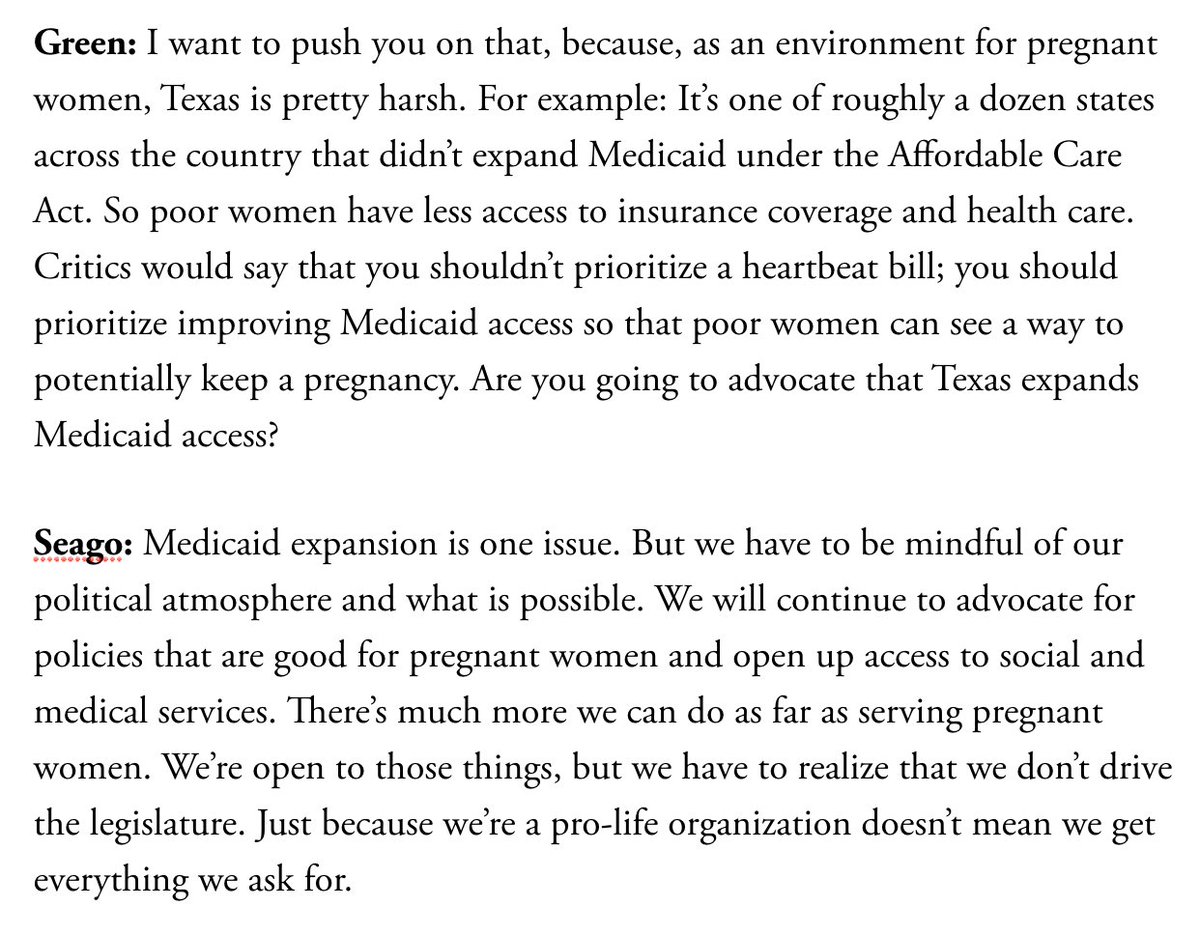
1/7 The current pandemic is far from over, but the window to prepare for future threats is closing fast, @edyong209 reports. How can the U.S. stay 10 steps ahead of tomorrow’s viruses when it can’t stay one step ahead of today’s? on.theatln.tc/ZCGlqpn
2/7 America’s frustrating inability to learn from the recent past shouldn’t be surprising to anyone familiar with the history of public health, Yong writes. The U.S. has been stuck in a Sisyphean cycle of panic and neglect: 

3/7 “It might seem ridiculous to think about future pandemics now,” Yong writes. But we'll be doomed to repeat the panic-neglect cycle if we don’t act.
4/7 What areas should the U.S. be investing in?
https://twitter.com/edyong209/status/1443191942163189765?s=20
5/7: America must shift the spotlight, Yong argues, “away from pathogens themselves and onto the living and working conditions that allow pathogens to flourish.” What does that look like? 

6/7 “Inequity reduction is not a side quest of pandemic preparedness,” Yong explains. “It is arguably the central pillar—if not for moral reasons, then for basic epidemiological ones. Infectious diseases can spread, from the vulnerable to the privileged.”
• • •
Missing some Tweet in this thread? You can try to
force a refresh













